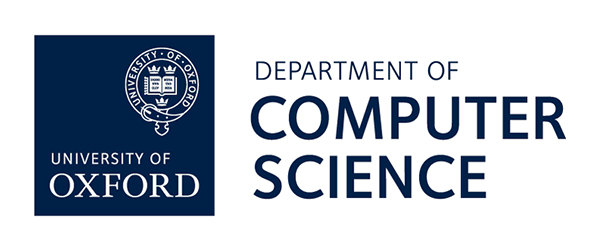Limit Datalog
Challenges
Approach
We have explored a range of different restrictions to DatalogZ, including linearity conditions, stratification, semi-positive programs and stability conditions.
Results
We have shown that reasoning in limit DatalogZ is decidable if a linearity condition restricting the use of multiplication is satisfied. In particular, limit-linear DatalogZ is complete for ΔEXP2 and captures ΔP2 over ordered datasets in the sense of descriptive complexity. We have also provided a comprehensive study of several fragments of limit-linear DatalogZ. We have shown that semi-positive limit-linear programs (i.e., programs where negation is allowed only in front of extensional atoms) capture coNP over ordered datasets; furthermore, reasoning becomes coNEXP-complete in combined and coNP-complete in data complexity, where the lower bounds hold already for negation-free programs. In order to satisfy the requirements of data-intensive applications, we also proposed an additional stability requirement, which causes the complexity of reasoning to drop to EXP in combined and to P in data complexity, thus obtaining the same bounds as for usual Datalog. Finally, we have compared our formalisms with the languages underpinning existing Datalog-based approaches for data analysis and have shown that core fragments of these languages can be encoded as limit programs; this allows us to transfer decidability and complexity upper bounds from limit programs to other formalisms. Therefore, we have provided a unified logical framework for declarative data analysis which can be used as a basis for understanding the impact on expressive power and computational complexity of the key constructs available in existing languages.
Selected Publications
- Mark Kaminski, Egor V. Kostylev, Bernardo Cuenca Grau, Boris Motik, and Ian Horrocks. The Complexity and Expressive Power of Limit Datalog. J. ACM, 69(1):6:1-6:83, 2022.
- Mark Kaminski, Bernardo Cuenca Grau, Egor V. Kostylev, and Ian Horrocks. Complexity and Expressive Power of Disjunction and Negation in Limit Datalog. In The Thirty-Fourth AAAI Conference on Artificial Intelligence, AAAI 2020, The Thirty-Second Innovative Applications of Artificial Intelligence Conference, IAAI 2020, The Tenth AAAI Symposium on Educational Advances in Artificial Intelligence, EAAI 2020, New York, NY, USA, February 7-12, 2020, pages 2862-2869. AAAI Press, 2020.
- Bernardo Cuenca Grau, Ian Horrocks, Mark Kaminski, Egor V. Kostylev, and Boris Motik. Limit Datalog: A Declarative Query Language for Data Analysis. SIGMOD Rec., 48(4):6-17, 2019.
- Mark Kaminski, Bernardo Cuenca Grau, Egor V. Kostylev, Boris Motik, and Ian Horrocks. Stratified Negation in Limit Datalog Programs. In Jérôme Lang, editor, Proc. of the 27th Int. Joint Conf. on Artificial Intelligence (IJCAI 2018), pages 1875-1881. ijcai.org, 2018.
Team
Mark Kaminski, Egor Kostylev, Boris Motik, Ian Horrocks
Partners
Acknowledgements
This work was partially supported by the SIRIUS Centre for Scalable Data Access (Research Council of Norway, project 237889).



